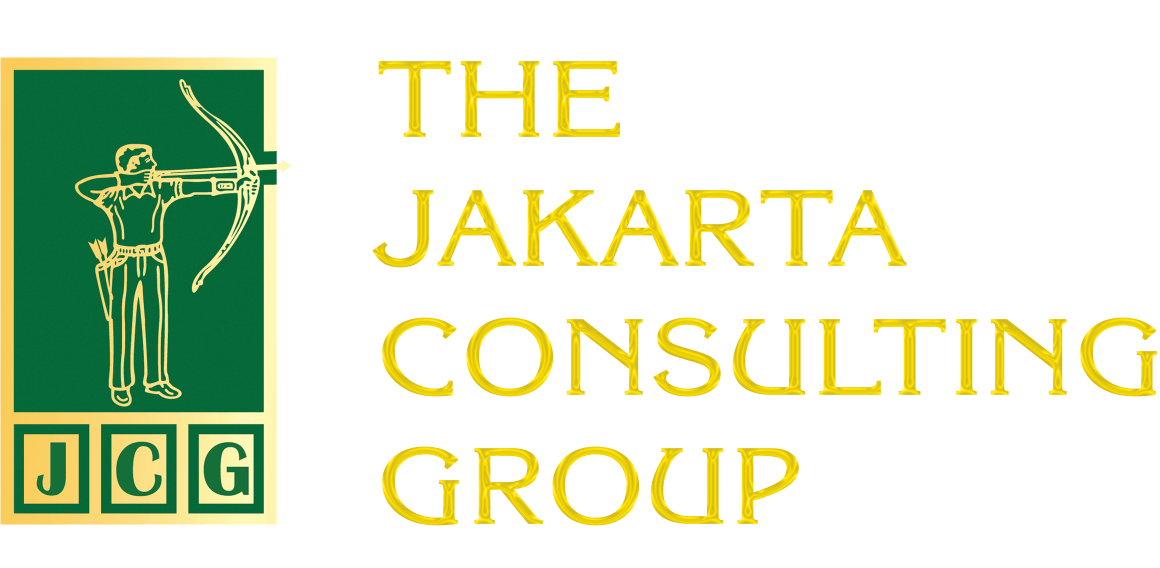Culture Managers across state-owned enterprises have to deal with multi generational challenges and the formation of holding companies. Culture within state-owned enterprises must become a unifying factor despite multi generational differences. The formation of holding companies create challenges, which include cultural diversities among subsidiaries as well as business climate diversities.
Understanding such challenges, 20 percents of respondents perceive that the existing culture no longer fit in with the corporate strategy, 53 percents perceive it as still relevant although adjustment are needed. About 20 percents of respondents think that the existing culture is still relevant and able to support growth strategy. Seven percents of respondent think that the existing culture is no longer relevant.
According to 69 percents of respondents, integrity is the most required values in the state-owned enterprises, followed by innovation (19 percents) and professionalism (12 percents).
52 percents of respondents cite top executives as those who bear the biggest responsibility in implementing culture program, followed by human capital (33 percents), culture team, all units, and other stakeholders )5 percents each)
Regarding generation gap, 50 percents of respondents think that although it create problem, it can be solved quickly. 13 percents of respondents believe that exiting gap will not create any problem. 12 percents of respondents believe that unresolved problems emerge because of generation gap. Seven percents of respondents believe that managing gap is required to spur enthusiasm among non millennial employees.
What should be done to overcome this generation gap? 37 percents of respondents emphasize the need to change values toward preferred multi generation behavior. Another 37 percents choose to strengthen the organization culture, while 26 percents choose the right leadership
Role model and leadership are the main key factors contributing to the success of organization culture, according 68 percents of respondents. 6 percents choose role model and communication; 6 percents for leadership and communication; 6 percents for system, procedure, and leadership; 7 percents for system, procedure, and reward and punishment, and 7 percents for system and procedure.




